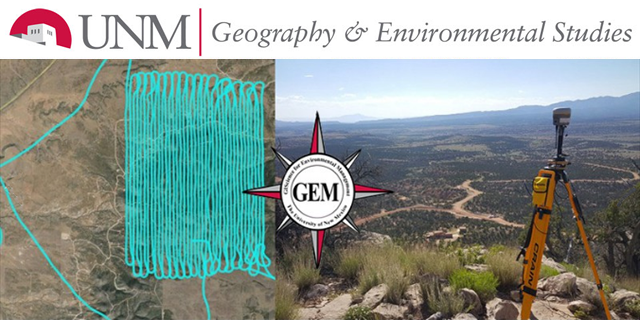
Geography ETDs
Publication Date
4-1-1977
Abstract
The focus of this study was on visitor satisfaction in a natural area, as opposed to alternative use such as preservation of the area, with little or no visitor access. Visitor satisfaction can be approached through studies in environmental perception. Such studies integrate work in psychology, philosophy, and geography. This author sought to determine whether or not more precise information about the perceptual basis for visitor satisfaction in a natural area could be obtained through survey research. Bandelier National Monument served as a useful laboratory for carrying out this research.
Data collection was by a survey technique. A detailed questionnaire was constructed using priori categories of questions dealing with large numbers of perceptual variables, as well as many questions investigating personal predispositions which might influence perception. Certain questions were adapted from previous studies to serve as index variables. Efforts were made to randomize the categories of questions among different formats (forced choice, scaling, etc.) to eliminate possible artifacts in the questionnaire.
Twenty-one test questionnaires were administered in March and April of 1975. Questions which created confusion in the respondents, or were seriously redundant, were eliminated or modified. A portion of the test questionnaire was factor analyzed using BMD (UCLA Biomedical Computer Package) on the IBM-360. The analysis of the test questionnaire confirmed that the instrument would yield results appropriate to this project's goals.
Three hundred seven Final questionnaires were administered at various locations in Bandelier National Monument during the period of April 1975 through February 1976. The data were analyzed using SPSS (Statistical Package for the Social Sciences) on an IBM-360. Factor analysis was performed to extract the most significant groups of variables (questions). Crosstabulations were then run on the variables within each of the eleven resultant factors to reveal the structure and relationships within each factor's respective variables. Names were given to nine factors that revealed pragmatic information about the perceptual human-environment linkages under investigation. The relationships among the variables of Factor Eight and Factor Eleven were apparently spurious, so these two factors were not named or discussed. The named factors were as follows:
Factor – Name
One – Social Status
Two – Structure
Three – Tranquility
Four – Adventure
Five – Sensory Experience
Six – Sensuality
Seven – Matching
Nine – Landscape and Loneliness
Ten – Management
The factor analytic model was used to describe in detail the various specific perceptual modes and human-environment linkages within Bandelier. Concrete and specific suggestions for future management of Bandelier were made for each named factor. The suggestions were oriented toward cost-effectiveness and efficacy in improving the perceptual ambience in Bandelier.
Degree Name
Geography
Department Name
Geography
Level of Degree
Masters
First Committee Member (Chair)
Robert Dale Campbell
Second Committee Member
Richard Jerome Harris
Third Committee Member
Elinore Magee Barrett
Document Type
Thesis
Language
English
Recommended Citation
Crow, Howard Graham II. "Environmental Perception In Bandelier National Monument, New Mexico." (1977). https://digitalrepository.unm.edu/geog_etds/57


